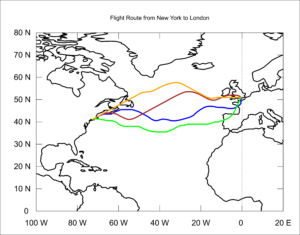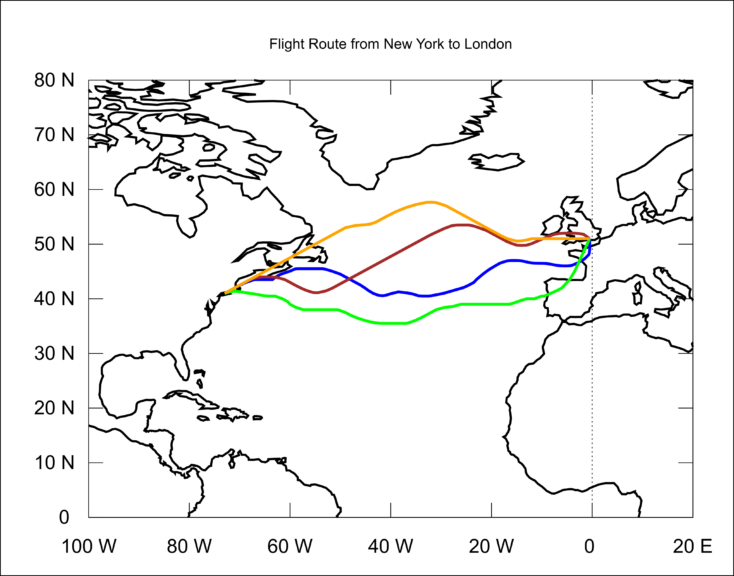 Solar airships have the potential to provide environmentally friendly long-distance travel. These airships would be powered by solar cells on their outer skin and lightweight batteries on board, resulting in virtually no harmful emissions. The large surface area of airships provides ample space for solar cells, harnessing renewable energy. While they would be slower than traditional airplanes, they would offer cost-effective operation and more spacious accommodations for
Solar airships have the potential to provide environmentally friendly long-distance travel. These airships would be powered by solar cells on their outer skin and lightweight batteries on board, resulting in virtually no harmful emissions. The large surface area of airships provides ample space for solar cells, harnessing renewable energy. While they would be slower than traditional airplanes, they would offer cost-effective operation and more spacious accommodations for
passengers. Christoph Pflaum, professor at FAU and member of FAU Solar, has calculated the route for a solar-powered airship journey from London to New York, which would be slow-paced but practically emissions-free.The journey would take around three days and two nights, with a return trip of two days and two nights. The airship would need to adjust its course
during winter to collect enough sunlight over the Atlantic. While solar airships are currently a vision for the future, companies
like LTA Research, Hybrid Air Vehicles (HAV), and Flying Whales are already exploring the potential of this next-generation transport. These advancements could make airships a viable option for freight transport, mass transit, and even tourism in the future. Additionally, they could serve as platforms for various purposes including earth observation and mobile communications. While solar airships are not yet a reality, they hold promise as a climate-friendly alternative to conventional airplanes for long-distance travel. If you want to read more, take a look at the latest publication in DerStandard.

passengers. Christoph Pflaum, professor at FAU and member of FAU Solar, has calculated the route for a solar-powered airship journey from London to New York, which would be slow-paced but practically emissions-free.The journey would take around three days and two nights, with a return trip of two days and two nights. The airship would need to adjust its course
during winter to collect enough sunlight over the Atlantic. While solar airships are currently a vision for the future, companies
like LTA Research, Hybrid Air Vehicles (HAV), and Flying Whales are already exploring the potential of this next-generation transport. These advancements could make airships a viable option for freight transport, mass transit, and even tourism in the future. Additionally, they could serve as platforms for various purposes including earth observation and mobile communications. While solar airships are not yet a reality, they hold promise as a climate-friendly alternative to conventional airplanes for long-distance travel. If you want to read more, take a look at the latest publication in DerStandard.